A new species with almost no natural enemies is invading the sea
Author:Hou wave book Time:2022.08.14

The summer reading season has arrived, and the sales of "Ocean Plastic" have increased significantly.

This is not a strange thing. Whether it is environmental protection theme, popular science value, or (.) The pricing of approachable people can make this book famous on the school recommendation book list (previously selected Dapeng Natural Children's Book Award for Natural Children's Book Award before, , Wenjin Book Award, my favorite children's top 30, etc.).
However, the designated reading of this book always has the illusion that people are still in the classroom. The psychology of rebellion and confrontation is too easy to produce.
In particular, there is still a "environmental protection". It seems that there is no second possible theme except for "protecting the environment" and always considered absolutely absolute theme (but also high moral requirements).

"OK, the ocean is contaminated by plastic, but why do this need me to waste precious summer vacation?"
Of course, this is just a small contradiction in editing. This book can be recommended by the school. I am still very happy. I sincerely hope that whether it is an adult or a child, whether it is voluntary or to have, as long as you open this book, you can gain something.
Therefore, why should we care about ocean plastics, or why do you read this book?
This question is a bit complicated, we slowly answer.
01
-Let's come to some beautiful first, and then come to some cruel one-
Start with a few photos -these are created by artists of different nationalities and different ages in different environments, but they have one thing in common: they are made of garbage in the ocean.
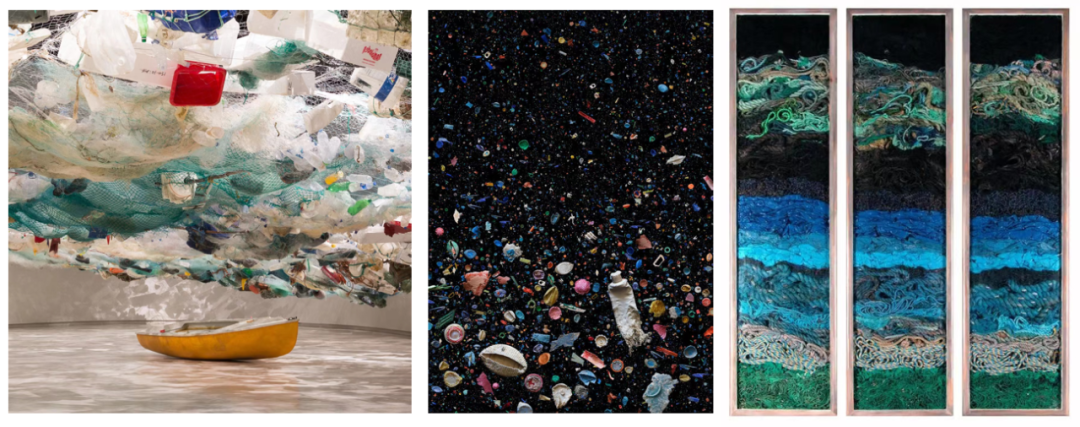
These works have a weird beauty. After all, if it is not beautiful, we may not pay attention at all. Compared to scientists who directly throw data, the artist's strategy may be smarter.
Of course, this beauty has also weakened the sharpness of marine plastic problems. After all, we can easily comfort ourselves: Look, the things in the sea are not completely useless. Does artists become a treasure?
So, let's take a look at the cruelty.
Maybe we have all seen it, but we just forgotten: The dead sea bird's belly is full of plastic and seals entangled by the fishing net into deformation, and the straw is stuck in the turtle's nostrils.
When animals outside humans meet with plastic, the results always seem unfortunate.
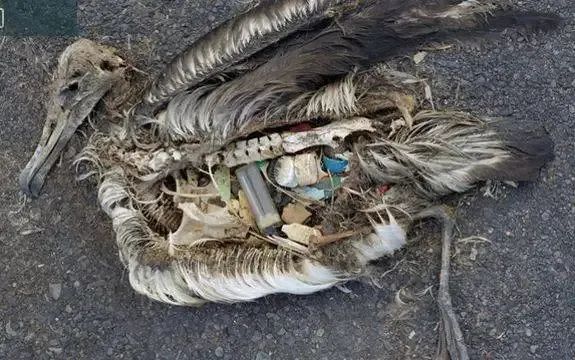
The color and shape of the plastic will attract the masters, and because it has been stayed in the sea for a long time, the plastic is covered by algae or other creatures, and the smell of food is stained, which makes the parents of the Baths mistakenly think that it is food. The chicks could not digest after eating plastic, and eventually died of hunger.
Plastics will also entangle the creatures in the ocean, and even make them trapped in fishing nets or packaging bags, and cannot breathe or forage in the water.
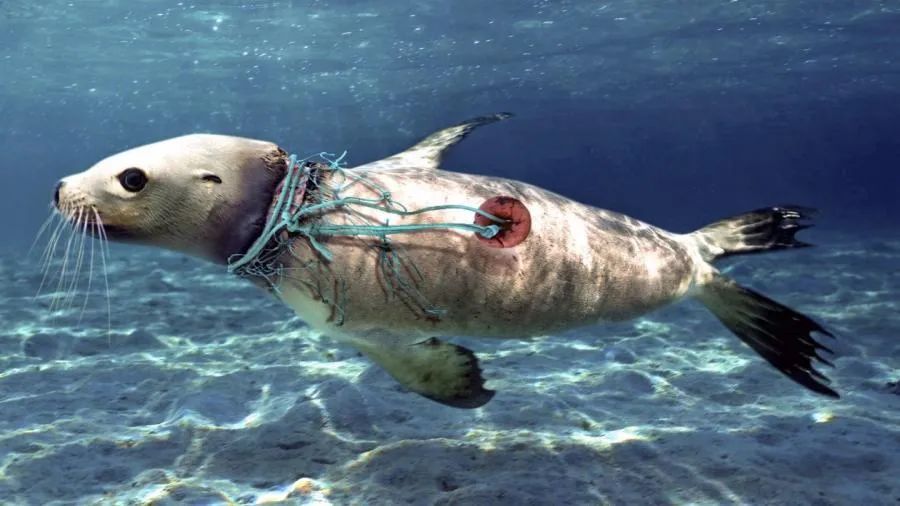
In 2015, a video of a scientist was circulated on the Internet from the turtle nostrils. In the process of nearly 10 minutes, the turtles struggled in pain, and the nose continued to bleed. (If you have enough courage, you can go to search for this video.)
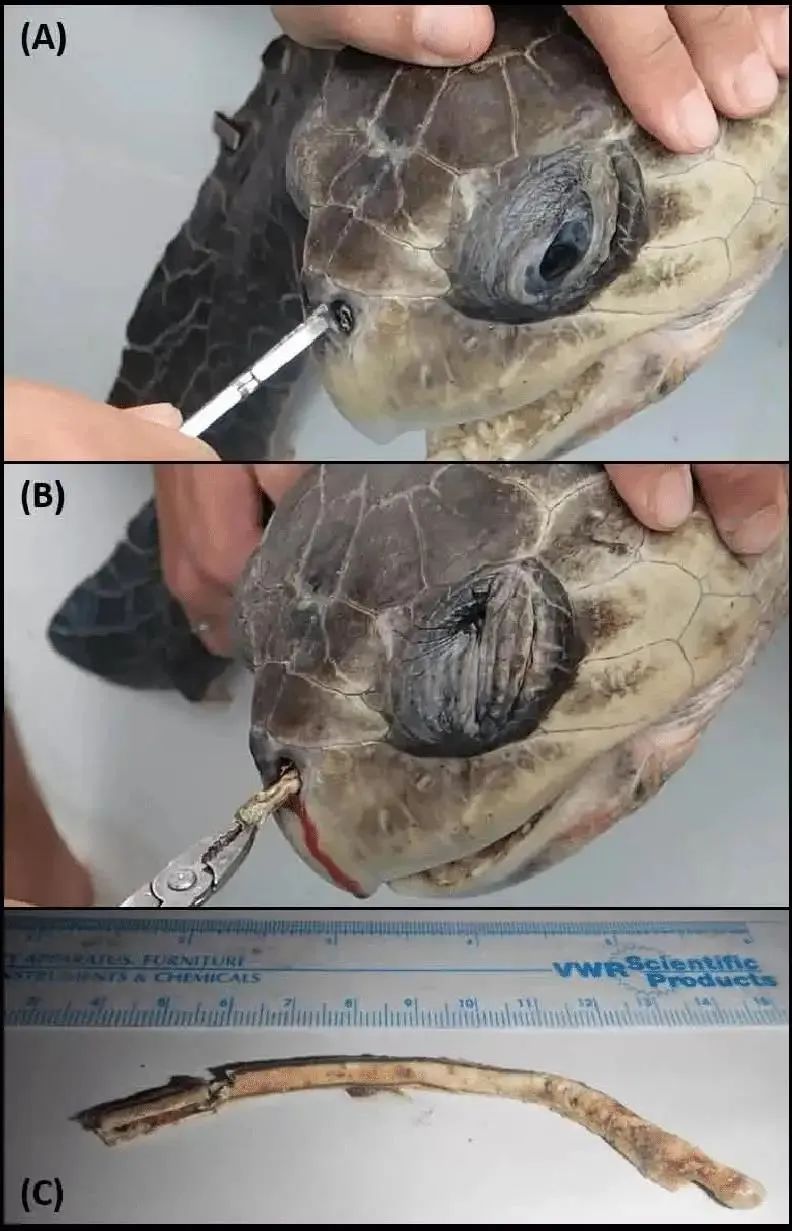
And this is obviously just the corner of the iceberg injured by plastic.
02
-As about some specific data-
Yes, the pollution of marine plastics is serious, how serious is it?
80%of the garbage in the ocean is plastic, and about 8 million tons of plastic flows into the ocean each year.
This number means that every hour, about 1,000 tons of plastic will enter the ocean, which is equivalent to a truck per minute into the sea.
Moreover, according to statistics from scientists, the number is still rising. By 2050, plastic in the sea will even be more than fish.
The garbage floating on the sea, because of the effect of foreign flow, gradually gathered together, forming a huge vortex, which is called a trash island.
There are currently five such islands in the world, the largest in the Pacific Ocean, and the area is six times that of Britain.

We may ask, I never litter the garbage, why do we have so many plastics into the ocean?
In fact, although about one -fifth of plastic garbage is indeed because of human activities on the ocean, such as fishing, passenger ship sailing, petroleum drilling platform operations, and so on.
But the other four are from land. The garbage in the city enters the ocean via the sewer, the river, and the wind, and the garbage by the seaside is because tourists, the garbage buried field by the sea, or the illegal dumping into the ocean.
Plastic garbage degradation takes hundreds of years, that is to say, with human life as a ruler, those plastic in the sea when we live, and we will still stay there for a long time after our death. That's why, in the past 50 years, the plastic in the ocean has only increased.

Saying a cold knowledge and hearing space travel, everyone will feel far away. But in fact, there are fewer people to the bottom of the sea than those who have been to space.
Ironically, plastic traces were also found in the Mariana trench of more than 10,000 meters deep. Human beings are still exploring the sea floor step by step, but the garbage we manufactured has reached there.
So how many plastics are there in the ocean? According to the inspection of the "Five Ring Flow Research Institute" in the United States, the entire earth has approximately 5.26 trillion plastic fragments drifting in the sea.
The huge number of this book even named the "marine plastic" into a new species. It has its own Latin literature name, life cycle, distribution, and toxicity, and it is terrible that no matter which attributes, it is almost no natural enemy.
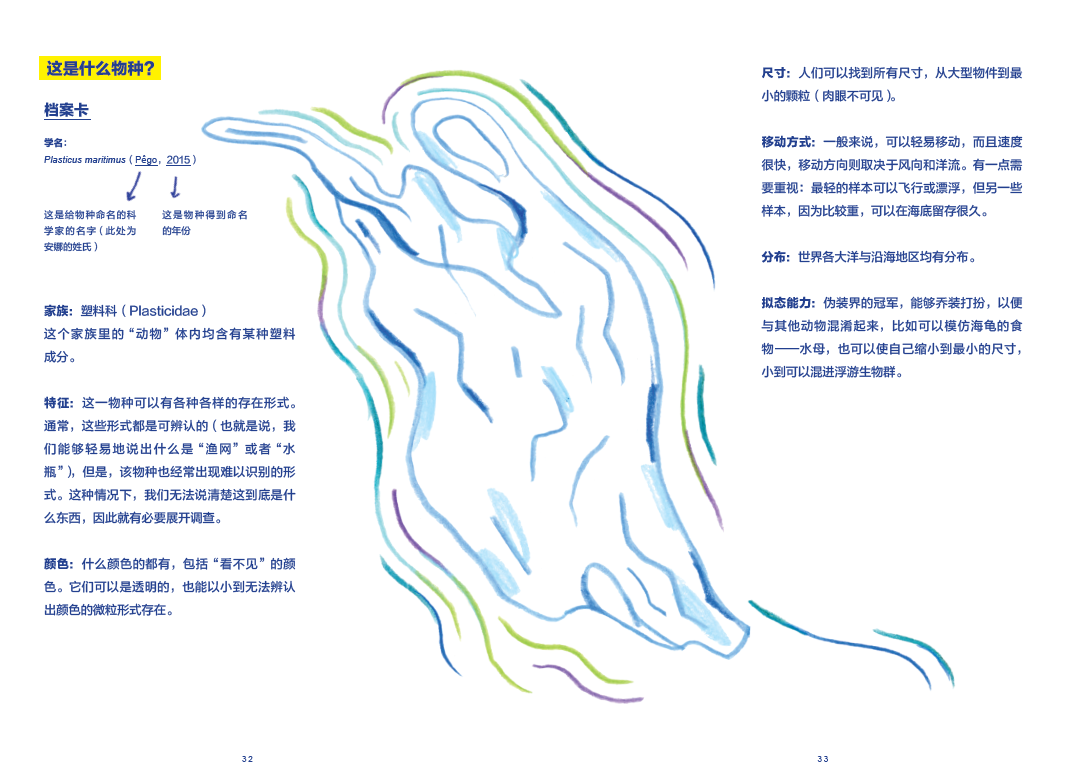
03
-I don't live on the beach, so?
Only the densely populated coastal area needs to worry about marine plastics? The fact is completely opposite. Plastic garbage is spread across the ocean, because of the relationship between monsoon and ocean flow, even in the unmanned island of the North and South Pole or Pacific, you can see the trace of plastic garbage. Even if you don't stay by the seaside, it will be affected by pollution.
Let's take a look at some interesting photos. What are these?
British afternoon tea? Seafood sashimi? Is the particularly rich table a Chinese banquet?
—— but take a closer look at it again, is this really the case?
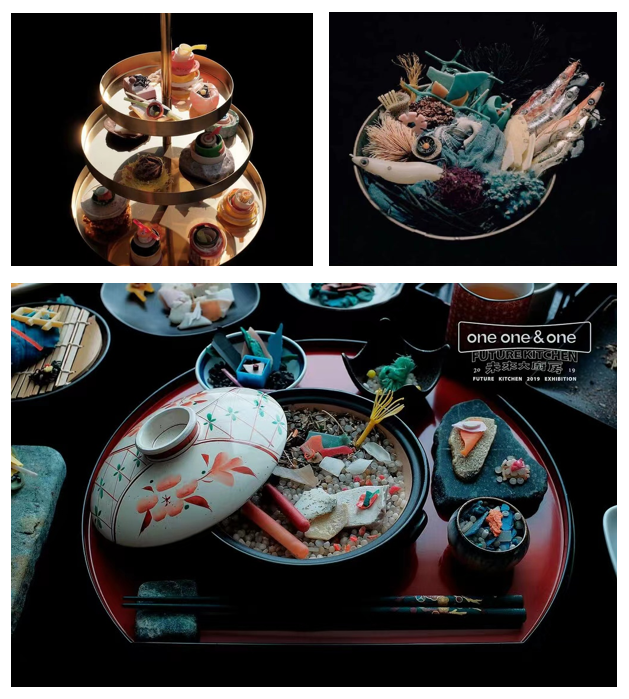
We might as well enlarge the picture:
Yes, these seemingly exquisite and high -quality cuisine are all using garbage, or more precisely, all made of plastic garbage from the ocean.
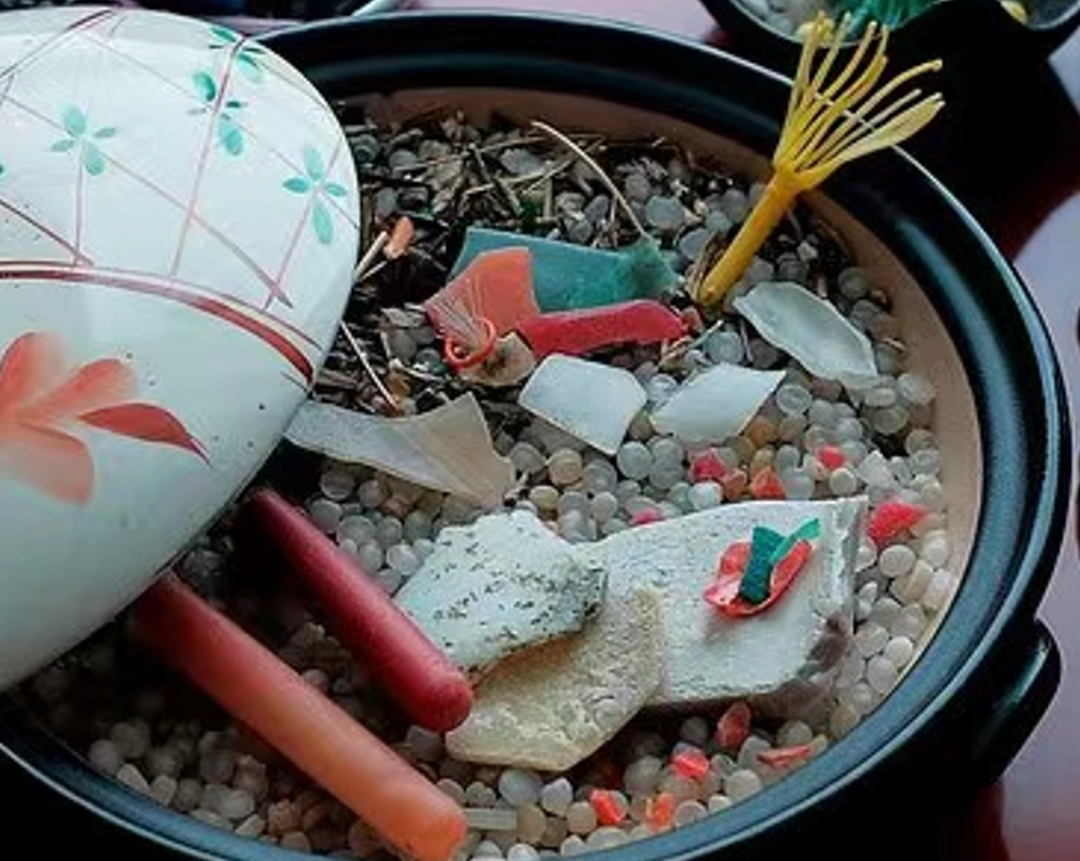
This is a project called "Future Kitchen", from a Taiwanese art group called Oneone One.
In the process of picking up trash on the beach, they saw many plastic products abandoned into the ocean, because of the effects of cold, hot, sun exposure, salt, waves, or wind, they disintegrated into fragments or particles. So these pieces were brought into a weird cuisine.
Even if these particles become very small, there are still toxic substances, and even some chemical components that have long been disabled.
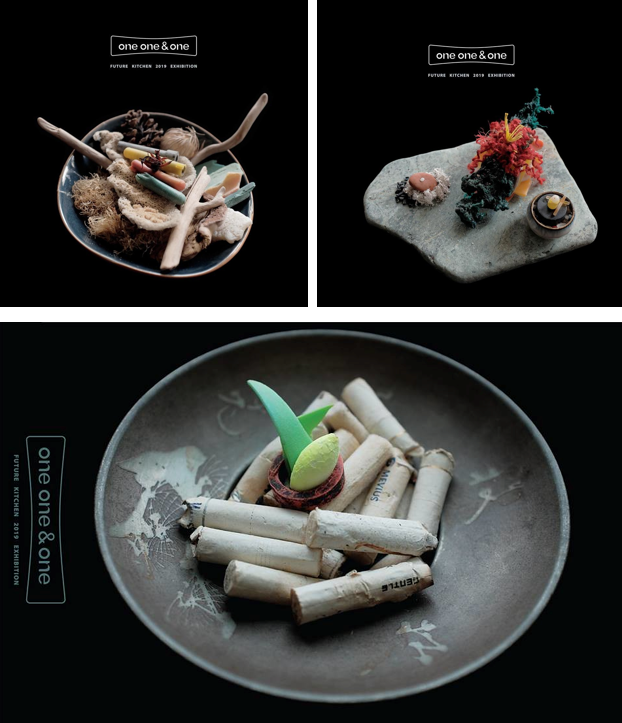
So, now the problem comes, the fish will think that these small particles are food, and then eat it, and people eat fish. This is the food chain we are all familiar with. In previous years, the human body had found micro -plastic.
Now I know why this project is called "Future Kitchen"?
Regardless of whether you live on the beach, people eat seafood. Those garbage that we throw away may return to our dining plate on one day.
Take a step back 10,000 steps, even if you don't eat seafood, you always need to breathe?
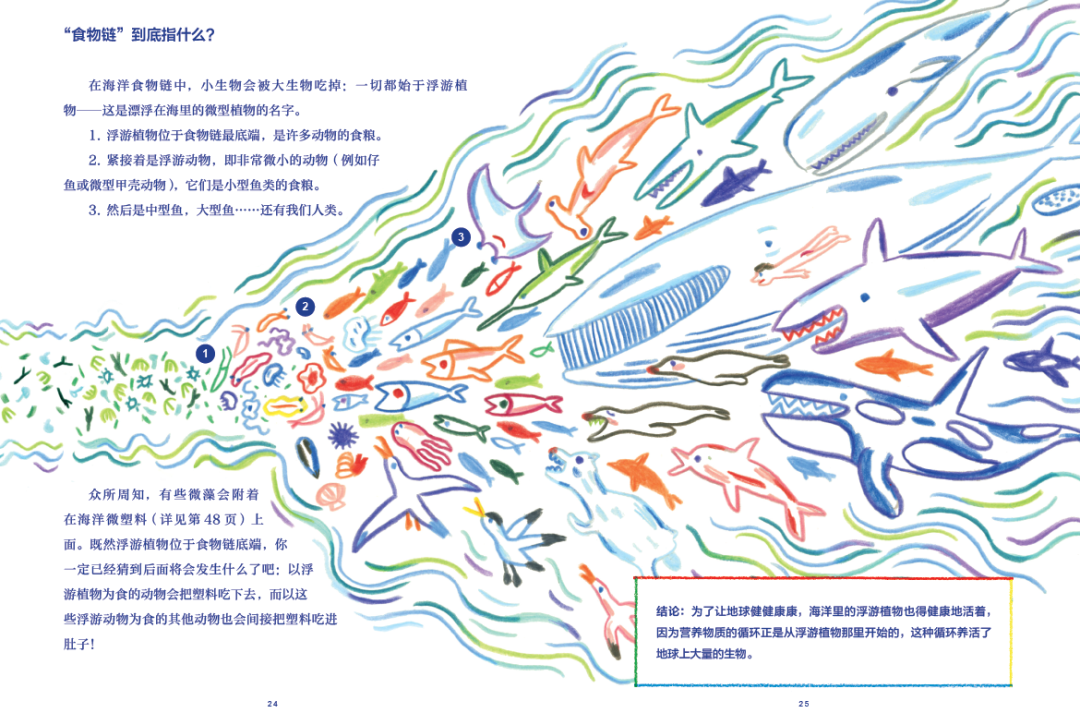
The oxygen of our daily breathing is produced by 50%-70%of the algae in the ocean. If the ocean is full of plastic and other pollutants, the algae will disappear quickly.
It can be said that the problem of marine plastic is closely related to everyone.
However, I believe that when you are facing environmental protection or some particularly big things, you will have a feeling: because these things are too big and complicated, and involve too many different positions, so it becomes trivial and abstract. Essence
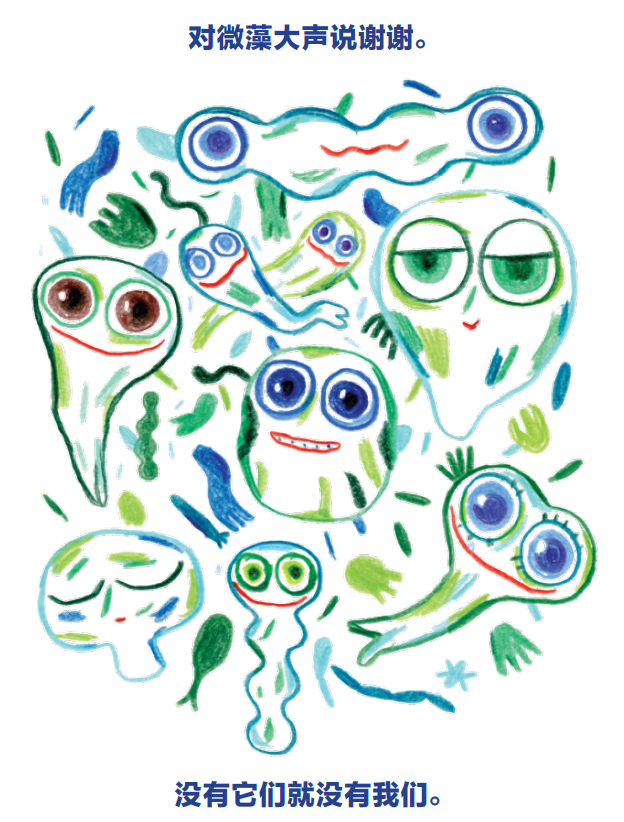
In addition, in daily life, the information we receive is fragmented. Sometimes there is only a superficial understanding. There is no comprehensive cognition. At this time, there will be two reactions.
The first is that I think these things are too far away from me, which is about the same as that of me; the second is that even if I think the turtles are very pitiful, even if I want to reduce the use of plastic in my life, but I do n’t care when I see people around me, I will feel His strength is very small, and it has given up over time. (Of course, there may be a third reaction, we will talk about this later.)
This is why I want to share this book with you -after all, understanding the problem is the beginning of the problem solving.
In the book, some major events related to the ocean ecology, human history, the causes of marine plastics, the cause of pollution, and some solutions that people think of.
It sounds very hard, but in fact, it is very interesting to read. Reading and reading will string all the fragmented information that you usually receive, it will feel "like this".

The author also shared a lot of magical things she picked up by the sea, and also taught you to go to the sea to inspect like a scientist.
04
"When we like one thing,
-The can not be indifferent to anything related to it. "
This is about the third reaction that I just mentioned.
This reaction is that you are really willing to change yourself, or even affect others. This requires a lot of courage and a lot of patience. Many times, they will see more dark truths than others.
Having said that, we have to introduce the author of this book.
The author of this book Anna Peng is a marine biologist and a marine protector. She grew up at the beach since she was a child, and was a beach two hundred meters away from her house.
Before she systematically learned the scientific knowledge about the ocean, she had learned to observe the ocean. Every day after school, she lost her schoolbag and went to the beach in the backyard, just like going to find a friend.
Therefore, when she grows up and knows that the ocean is suffering from various threats, she naturally dedicated to the research of marine pollution, especially the plastic.

"When we like something, we cannot be indifferent to anything related to it."
Anna's story moved me very much. First of all, because she completely regarded the ocean as a friend, her friend encountered problems and helped it instead of resorting to responsibility or slogan.
In addition, in the book, she talked about her experience of protecting the ocean, and she was not frowning, but was very vibrant and even a little humorous.
For example, when she picked up a particularly multiple gloves one day, she would set the day as "glove day". When I picked up a lot of straws, it was called "straw day" ... she also made a file card for some of the magical things she picked up. And created a Facebook page to discuss with others which era was produced by these things, and where did it come from ...
She also arranges the picked things in accordance with the type or color.
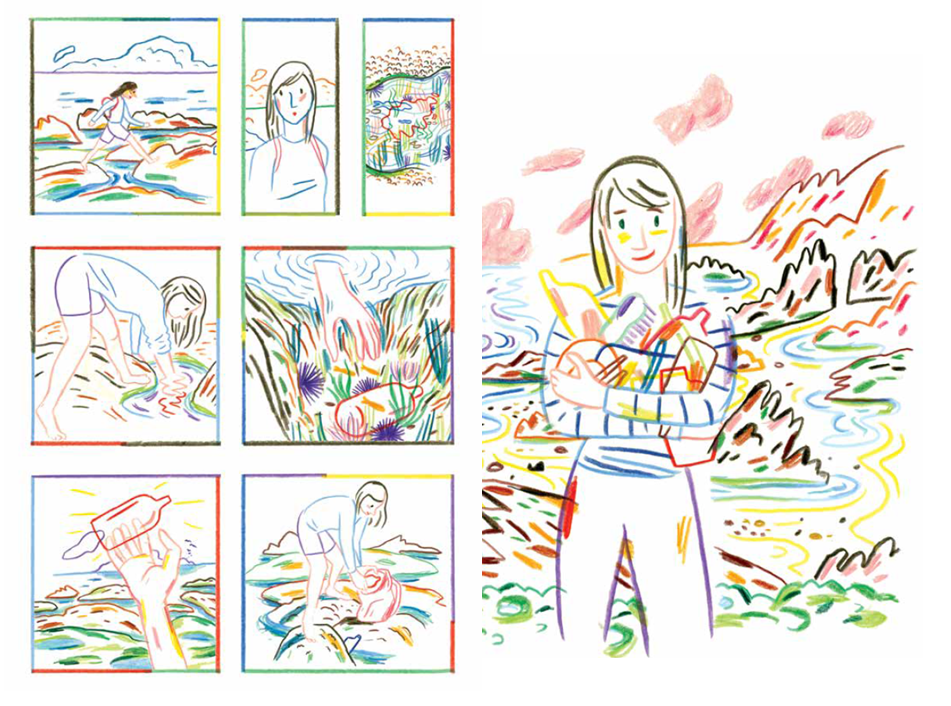
In 2014, Anna and a photographer used the white plastic picked up on the beach to make a beard whale about 10 meters long. Whales are the largest animals in the world, and whales made of garbage also represent that marine plastic is one of the most serious problems today. It can be seen that Anna's actions of this issue are all -round. She not only did research in the laboratory, but also went to the beach to pick up wastes in person, and even combined this issue with art across borders, including writing this book.
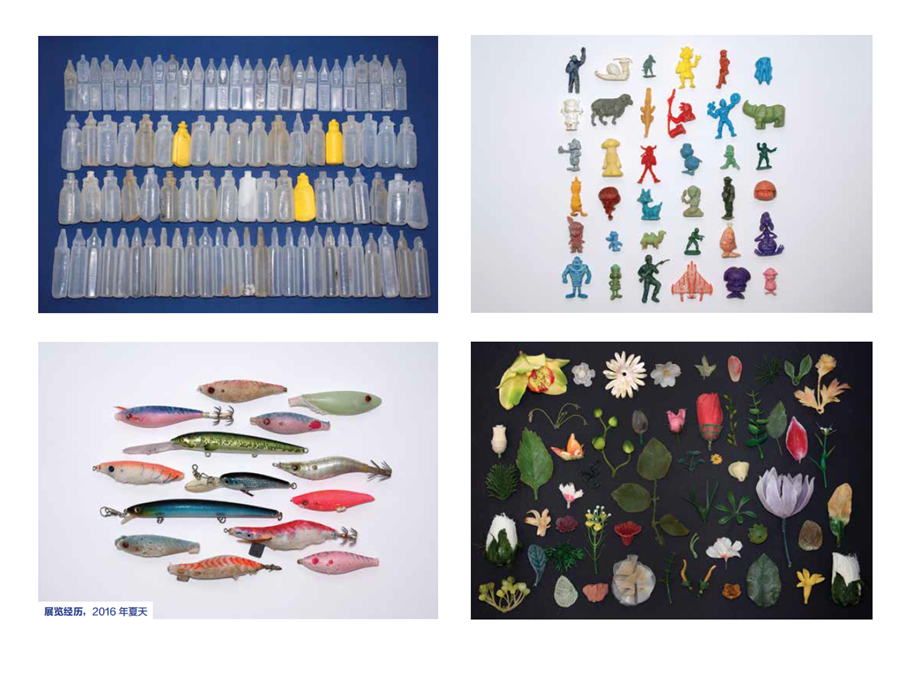
In the words of this book, we can all feel her full power. Even in the face of a huge and helpless problem, we still seek solution very firmly. And this is very rare and very moving.
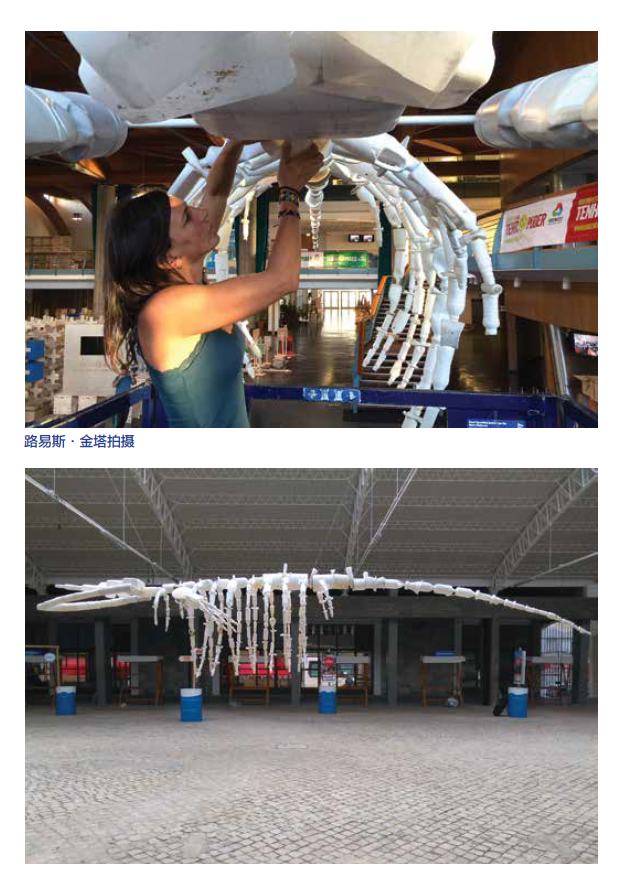
05
-Me some exciting?
So, after saying so many frustrating facts, now everyone should be scared by me. Let's say a little bit inspiring?
1. What do people do in order to improve this problem?
※ In the supermarkets in Sweden and Germany, there is a machine that recycle old waste plastic bottles. It can get some money for recycling, which can be used directly in supermarket consumption, which is very convenient.
In Sweden, the government can collect 1.8 billion plastic bottles each year; in Germany, the recovery rate of plastic bottles can reach 99%.
※ In Bali, Indonesia, there is a pair of 10 -year -old and 12 -year -old sisters who saw an amazing plastic bag on the beach, so they decided to launch a campaign called Bye Bye Plastic Bags.
They also launched their petitions and received the support of more than 100,000 people. After some twists and turns, they finally attracted the attention of the local government. Since 2018, Bali has disabled plastic bags.
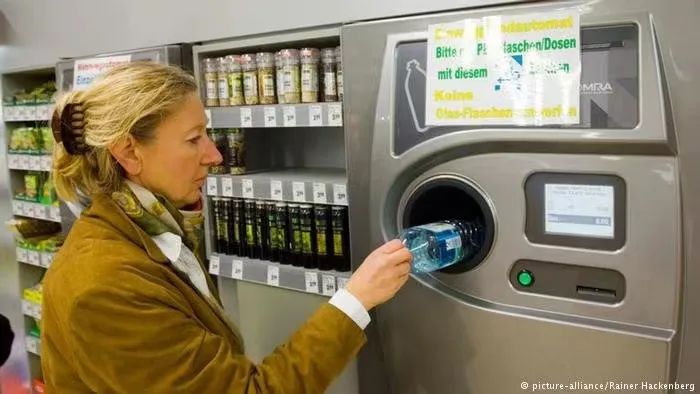
※ There are also many scientists and designers who are committed to research and development and finding other materials that can replace plastic, including coffee residue, wheat straw, corn, seaweed, and so on.
However, it should be noted that many products that can be biodegraded need to be degraded smoothly in specific environments. Therefore, the best way is to reduce the use of disposable products.
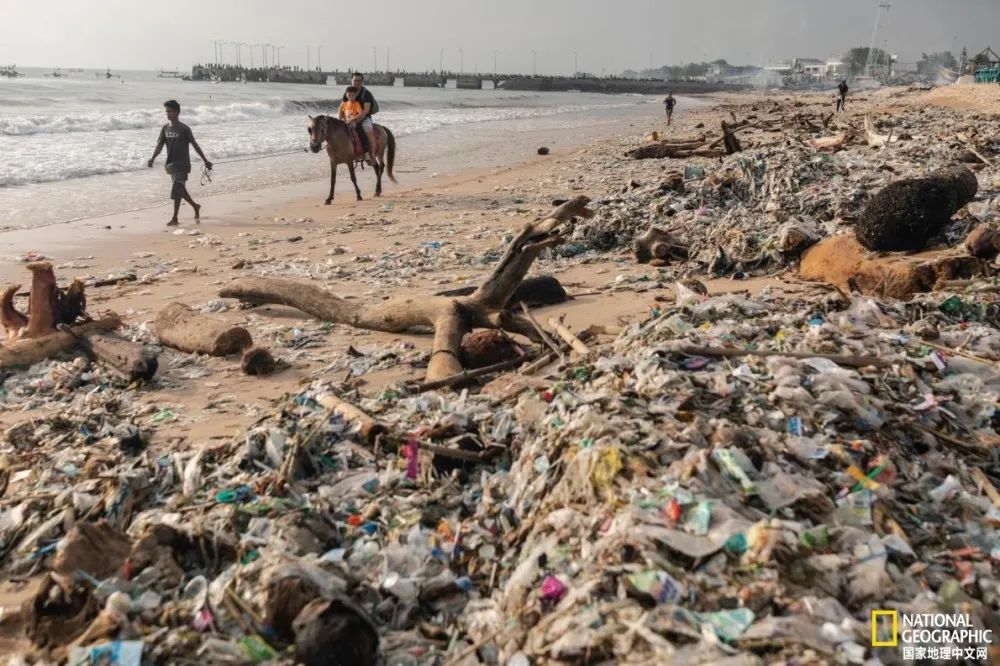

2. What can we do?
In fact, we can do more things than wearing, and it is not difficult. Most of the things we can do in daily life are about "selection".
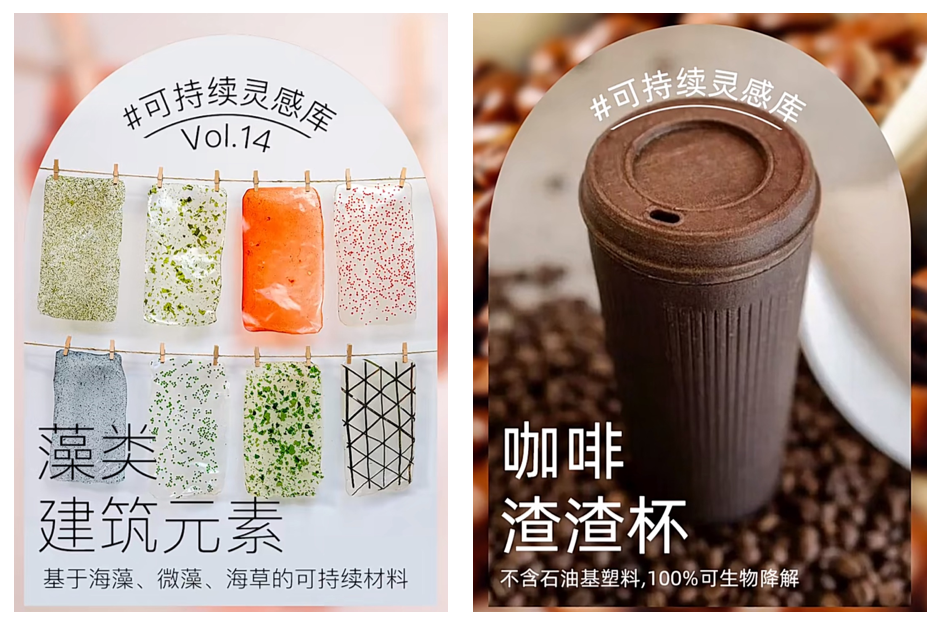
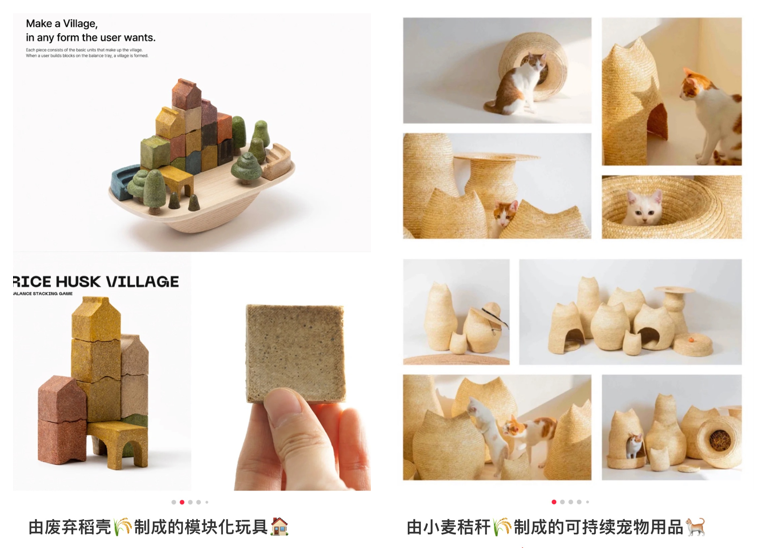
※ Select less all kinds of disposable supplies
We all know that disposable supplies are very convenient, but you think about it, drinking water in 15 minutes, use a bottle that requires 4 or 500 years to degrade; or you have your own toiletries. It is not reasonable to use the hotel's disposable toothbrush.
Therefore, the easiest thing we can do is to choose items that can be reused. For example, using a cloth bag to replace plastic bags, use glass straws to replace plastic straws, and use kettle to replace bottled water ...
In order to make this less boring, you can consciously pick a good quality or cute appearance when you buy it, so that they will accompany you for a long time.
※ Choose to buy bulk food
Have you ever noticed that most of the fruits and vegetables in the supermarket are packed in plastic. Even if we have the shopping bags, we will still produce a lot of plastic garbage after taking home.
If you want to avoid this, we can take our own fresh -keeping box and net pocket to sell bulk food supermarkets or markets. You will be surprised to find that shopping can also not produce garbage.
※ The first two are reducing the manufacturing garbage. Of course, we can also go to the beach to pick up trash.
Just said, in the book, Anna taught us how to go to the sea to inspect+pick up the wasteland.
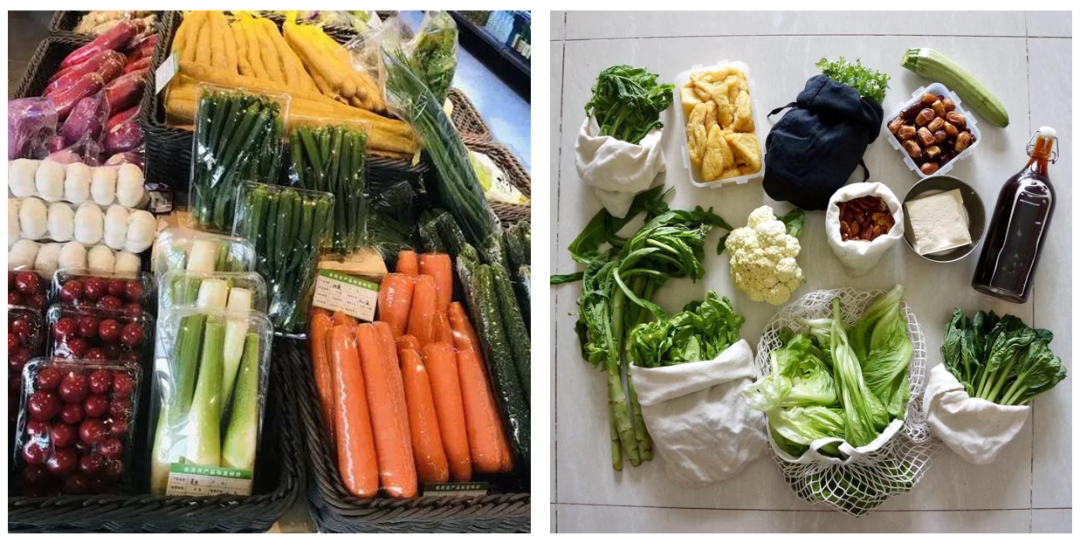
She is really very detailed, whether it is your equipment, what you need to pay attention to before going out, or the danger to avoid on the beach, and even the ideal wind direction and tide are considered. All preparations.
Bleak
At the end
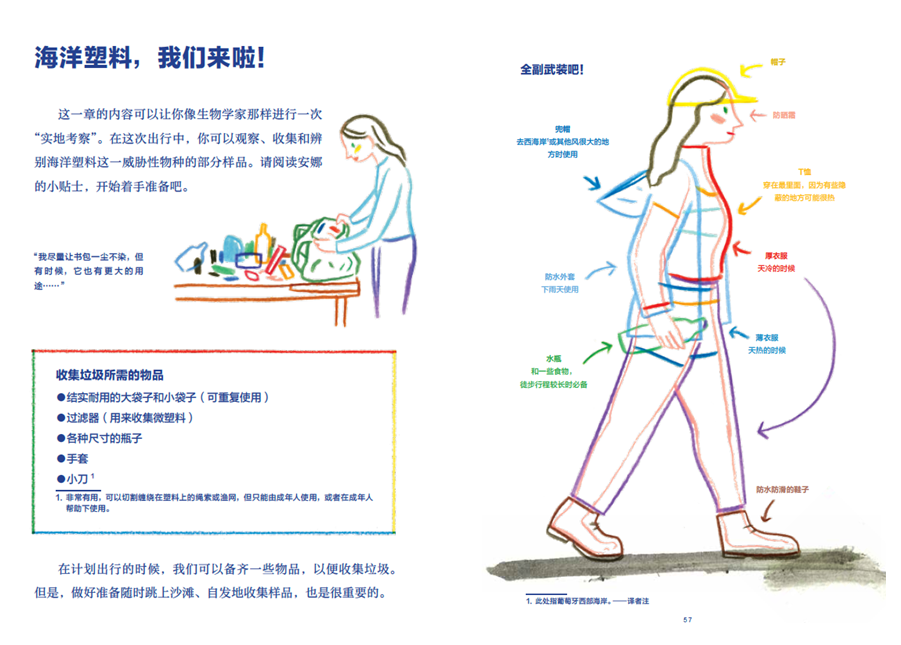
Environmental protection is not an easy thing, it is really not easy. It is not easy to read such a book by the school in the summer vacation, after all, it is a bit much affected.
However, I still want to say that since I really hope that since the book has been opened, it can be read well, and then more or less brings you some changes.
"Data-version =" 0 "data-vwidth =" 1920 "data-vHeight =" 1080 "transcoding =" 1 "style =" width: 400px; "> Welcome to like+watch+forwarding ⌋
- END -
The daily "dissolved" by Youxian has said that the refund appeal was "refused to organize the mediation"
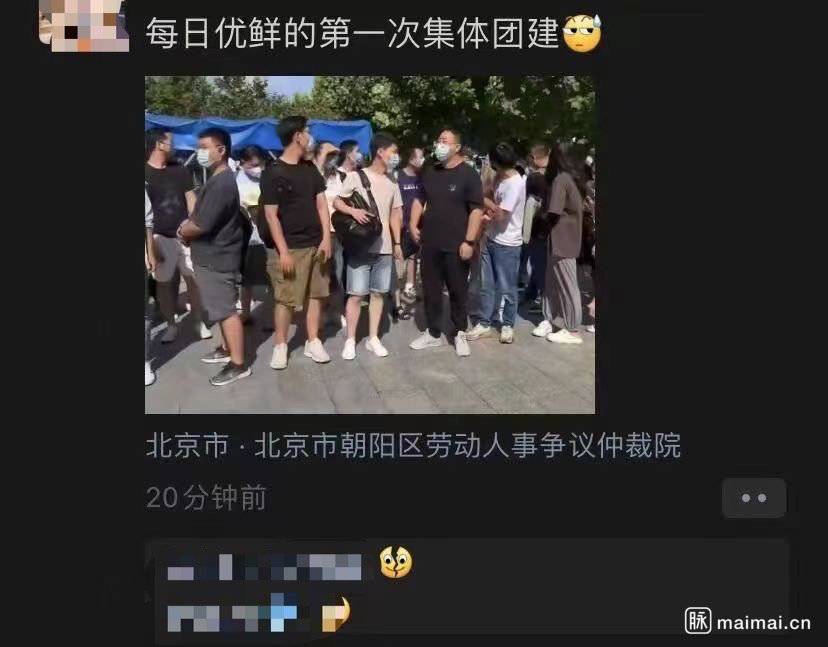
Cover news reporter Bian XueAfter the establishment of 2766 days, the daily freshn...
Digital transformation, AI empowerment -new connotation, new change and new pattern

On July 23, the fifth Digital China Construction Summit opened with the theme of I...